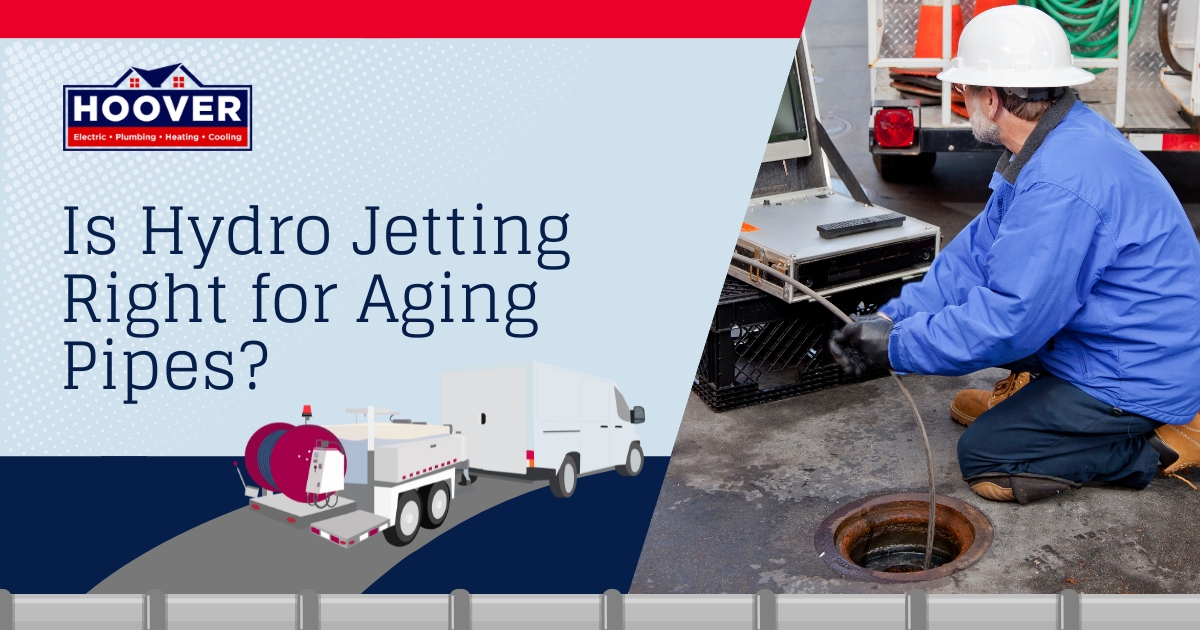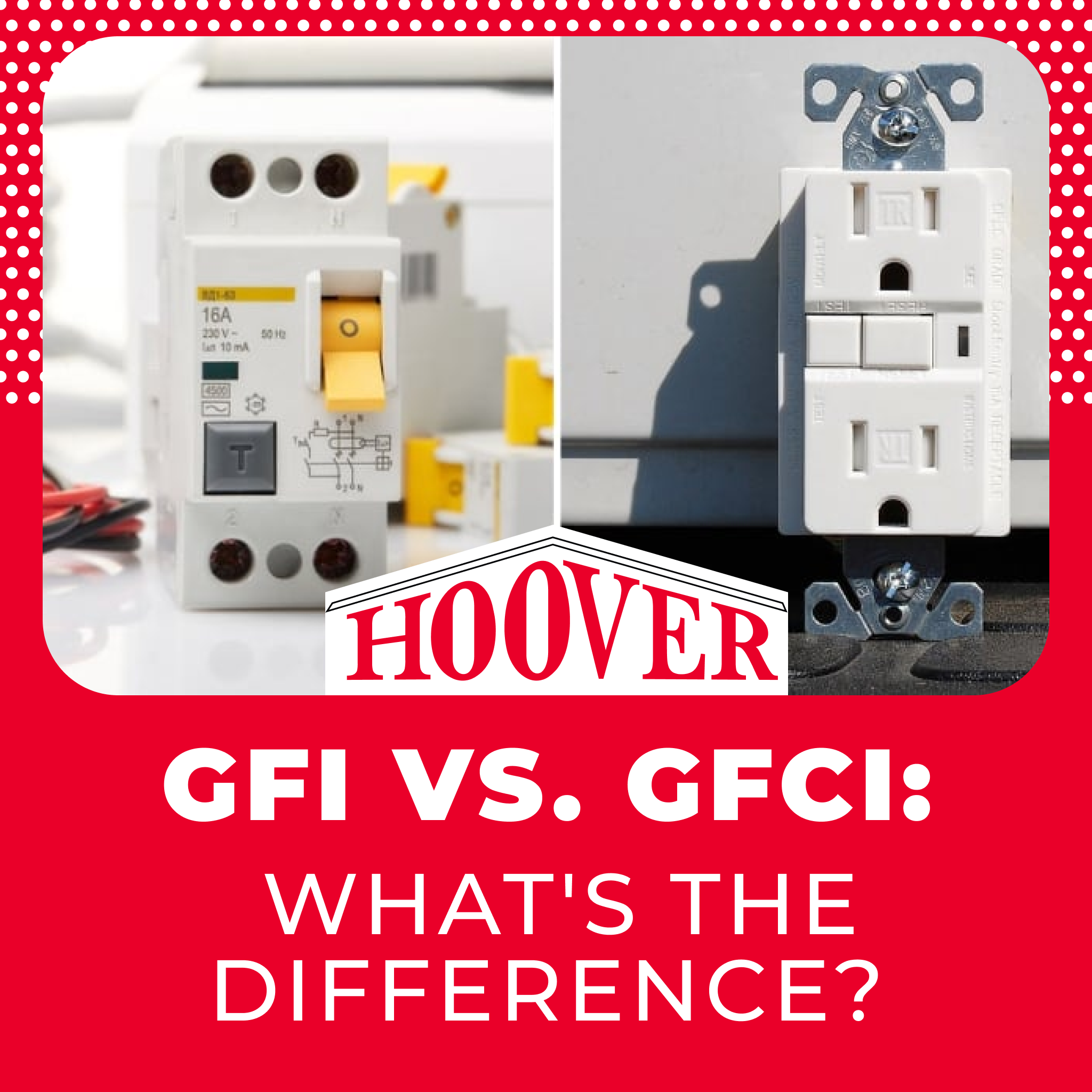In addition to professional furnace installation, Hoover ensures you get the highest-quality furnace maintenance. Our technicians are familiar with every make and model of heating system. This checklist details the maintenance steps you can do yourself and that require a trained professional during your annual service call.
Basic Furnace Maintenance
Some of the simplest DIY tasks can help your furnace run reliably and efficiently. Between maintenance visits:
- Change the Filter: You should change the filter every 90 days if you don’t have pets, and every 60 days if there are pets in your home. If anyone at home has allergies, filters should be changed every 30 to 45 days.
- Clean Off the Burners: A professional will remove and clean the burners during an annual tune-up, but you can check them periodically. If a burner is dirty, turn off the furnace and gas valve, remove the burner, and wipe it down with a soft cloth; vacuum the area around it as well. Also, disconnect and clean the flame sensor.
- Check for Gas Leaks: This requires listening to the gas line for sounds like hissing, or smelling for signs of a propane leak. If either or both of these are present, turn off the main gas valve and call for help.
Also, remember to check your smoke detectors and carbon monoxide alarms. They’re not part of the furnace, but essential to your safety. Test each unit monthly and replace the batteries at least once a year.
Furnace Inspection Checklist
A technician, in addition to their ability to install heating systems, can perform the following annual furnace maintenance check-up:
- Check the Thermostat: The thermostat will be tested to determine whether it’s accurate and working within normal parameters. If necessary, the technician will recalibrate it to boost efficiency.
- Clean/Lubricate Motors and Bearings: Moving parts in your furnace can get dirty and dry out, increasing friction and wear. During maintenance, they’ll be cleaned and lubricated, which can extend their life and prevent a breakdown.
- Test Ignition and Flame Components: The furnace will be cycled on and off while the technician examines the ignition process and the flame. If necessary, they’ll adjust the pilot valve, make small repairs, or replace the ignitor.
- Inspect the Heat Exchanger: A cracked or leaking heat exchanger is a carbon monoxide and fire risk. The component will be thoroughly checked for any issues, such as cracks, rust, or carbon buildup, that may require action. An inspection camera may be used to search for issues in areas you can’t normally see.
- Check the Furnace Blower: The fan wheel should spin freely; otherwise, there may be signs of wear. Dirty or broken fan blades must be replaced. The belt and pulleys will be inspected and tension adjusted if necessary.
- Check the Inducer: Designed to blow combustion gasses out of the building, this fan/motor assembly must be secure. The technician will check whether it’s loose or the motor gets stuck. The assembly can be oiled or replaced as needed, while the connection between the inducer fan and the flue vent will be checked for leaks.
- Inspect the Vent System: Vents should be clear and unobstructed so gasses are directed away. The technician will clean out any debris, check for/correct leaks and sloping issues, and address rust or water streaks on the vent or flue. Air openings on the side of the house are examined as well, as they can be blocked or restricted by various contaminants.
- Tighten Panels: Loose panels can make noise, reduce efficiency, and cause the system to shut down, regardless of how well your heater installation went. A front panel should close securely or else gasses can escape. Therefore, all panels will be checked and tightened as needed.
- Check Controls and Safety Features: The inspector will look at the display and whether it properly shows error messages. They’ll also test the limit switch, which turns off the gas supply if the furnace overloads or heat/flames get past the burner chamber.
- Inspect Electrical Components: Electrical connections will be checked to ensure they’re clean and secure. Otherwise, the system may behave erratically or a fire could occur. Worn/damaged electrical parts, loose wires, rusty terminals, and excessive debris are also issues to look for.
- Performance Testing: In addition to visual and performance inspections, the inspector can also conduct a static air pressure test, gas pressure test, combustion-gas analysis, manifold pressure check, and temperature-rise assessment.
- Ductwork Inspection: Air leaks can severely reduce efficiency, while moisture can lead to rust and allow mold to grow. During an inspection, your ducts can be cleaned using professional methods and even repaired or sealed if necessary. These tasks can go a long way in helping your furnace run safely and efficiently.
Schedule Heating Maintenance with Hoover
Customers in Southeast Michigan depend on our heating installers, repair specialists, and maintenance technicians for high-quality service. Whether you live in Troy, MI or surrounding areas, we can correctly install a heating system and provide annual check-ups to ensure it’s in top shape, efficient, and lasts for many years. Schedule furnace maintenance by contacting us online or calling 586-576-9243 today.


